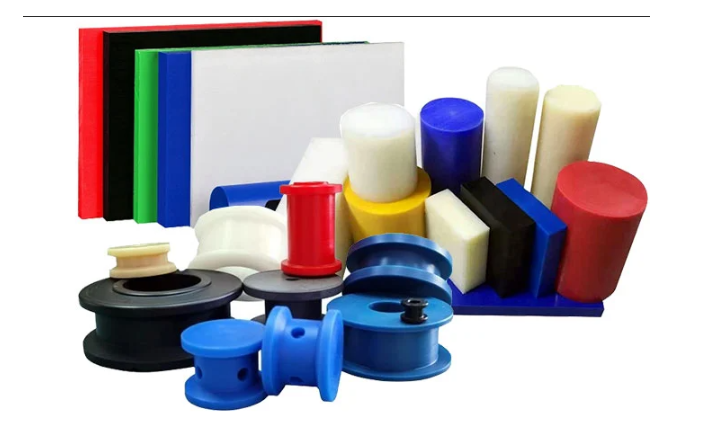It is a synthetic and natural fiber plastic, which arises from chemical reactions in a laboratory and is also obtained from natural materials. We say that it can be generated by chemical reaction because it is a polymer-type compound, that is, macromolecules that are formed by covalent bonds. If you have not understood this definition, an example of this is to use DNA since it is made up of covalent bonds and molecular bridges.
Mostly saying the term polyamide is synonymous with ignorance, since few people know it with this definition. Polyamides have two classes: synthetic ones, which are generated by chemical compositions, and natural polyamides, which are self-defined in their chemical structure.
Synthetic polyamides are Nylon, Kevlar, etc., while natural ones are wool and silk.
Origin of polyamides
Synthetic polyamides arise in the chemical company DuPont Corporation, in a team that was commanded by the doctor and chemist Wallace Hume Carothers. The first use of these synthetic polyamides polyamide voor- en nadelen was used with the term Nylon and was used as a synthetic fiber in the industrial area, although nowadays it is used in many sectors such as the automotive industry, machinery, construction and industry.
The same DuPont company originated a type of polyamide called aramid, which are fibers that can be very resistant to tensile energy, in this field they are called Kevlar, as they also produced an aramid-type polyamide that is resistant to fire and gave it the name Nomex name.
The DuPont Corporation is a company of American origin founded on July 19, 1802 by the Franco-American chemist Eleuthera Irene du Pont de Nemours, in the city of Wilmington, United States.
Main polyamide materials
El Nylon
It is a synthetic polyamide that contains chemical groups, this fiber has outstanding physical properties in which are resistance, elasticity, hardness and transparency. The first use of Nylon was warlike, since it was exclusively intended for the manufacture of war parachutes during the Second World War, but later it was replaced by silk, allowing studies and the beginning of the use of this material in products such as toothbrushes, combs, fishing lines, nets, etc.
Polyester thread its uses and applications
Polyester thread is made from any synthetic polymer, and is best known by its association with polyester fabric, which happens to be a resin-centric, wrinkle-resistant fiber fabric.
In addition to that polyester is a category of polymers that contains the functional group in its main chain. The term polyester is understood to refer to synthetic polyesters, which include polycarbonate and especially polyethylene terephthalate.
Similarly, it is synthetically formed with ethylene glycol plus terephthalic acid, yielding the polymer or polytericholethane. Therefore, the result of the polymerization process, the fiber is obtained, which is the basis for the elaboration of threads for sewing and for the manufacture of embroidery.
Undoubtedly, polyester is a resistant and wrinkle-free fiber developed in 1941. This synthetic fiber is the most widely used, it is mixed with other fibers to reduce wrinkles and soften the touch.
Finally, it is produced from chemical products derived from oil or natural gas and requires the use of non-renewable resources and large amounts of water for the cooling process.
However, polyester can be considered an environmentally friendly chemical fabric; if it is not mixed, it can be melted down and recycled.
What Is Polyamide and What Is It For?
One of the fibers most used by industries are polyamides due to their versatility and because they have greater possibilities to be applied. Next, we will explain what polyamide is and what it is used for, as well as its characteristics, the types that exist, and everything you need to know about this material for your industry.
What is polyamide?
Polyamide (PA) is a natural and synthetic fiber plastic. It is possible to generate it with a chemical reaction due to its polymer compound. In the sector it is commonly known as Nylon and is considered a thermoplastic due to its properties.
Characteristics of polyamide
The properties of this fiber allow it to be a durable material. It stands out for its great resistance, mechanical, rigid, hard and with a medium tenacity. It has a high rate of moisture absorption and prevents air from passing through it, allowing it to function as a thermal insulator.
Type Of Polyamide
Polyamides can be found in two classes:
synthetics
They are generated by chemical compositions, such as Nylon. This is a semi-crystalline material and stands out for its properties: such as resistance. Type 6 Cast Nylon is the most common, used in multiple industrial industries. It stands out for its resistance to impacts and a solid structural composition.
Natural
It refers to those that in their chemical structure are self-defined, such as wool and silk. They are characterized by being elastic materials of great softness and unique shine.

